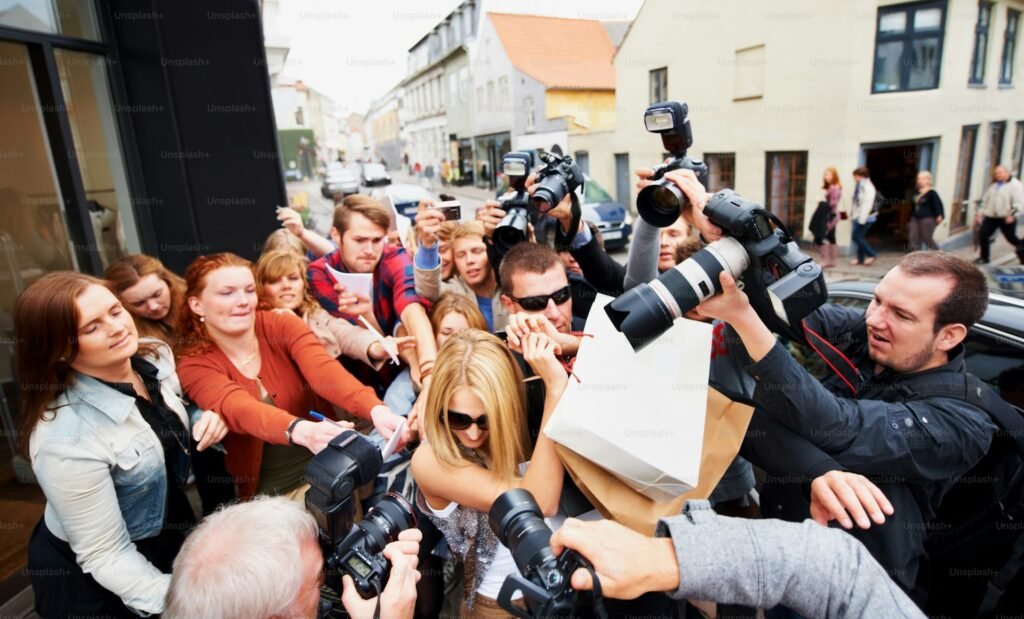In the fast-paced world of trading, where split-second decisions can mean the difference between profit and loss, the unexpected can throw even the most seasoned professionals off their game. One such incident that has been gaining attention is the “Rogue Trader Camera Dilemma.” This situation not only highlights the challenges faced by traders but also raises important questions about accountability, technology, and the very nature of trading itself.
What Is a Rogue Trader?
Before diving into the dilemma, it’s essential to define what we mean by “rogue trader.” A rogue trader operates outside the boundaries set by their firm or regulatory bodies, often engaging in risky, unauthorized transactions. These actions can lead to significant financial losses and legal repercussions, not just for the trader but also for their company and clients. Famous cases of rogue trading, such as those involving Nick Leeson and Jérôme Kerviel, have made headlines and reshaped regulations in the financial industry.
The Role of Technology in Trading
Technology plays a crucial role in modern trading. Traders rely on various tools, including software for analysis, automated trading systems, and, increasingly, cameras to monitor trading activities. These cameras serve several purposes: they ensure compliance with trading regulations, provide evidence in disputes, and can even enhance security by deterring fraud. However, as beneficial as these tools are, they can sometimes lead to unexpected complications.
The Camera That Got Stuck
Imagine a scenario where a rogue trader is caught on camera engaging in unauthorized trades. The footage is critical, as it serves as concrete evidence of the misconduct. However, during a crucial moment, the camera gets stuck. Perhaps it’s a technical glitch or a simple oversight, but the result is the same: a crucial part of the trading day goes undocumented.
This predicament not only complicates the investigation but also raises significant concerns about accountability. How can firms ensure their traders are adhering to regulations if the very technology designed to monitor them fails? Moreover, what happens to the reputation of a trader when they are suspected of wrongdoing but there’s no footage to confirm or deny their actions?
The Consequences of the Camera Glitch
The implications of a stuck camera extend beyond just a single incident. When technology fails in such critical situations, it can lead to several consequences:
- Loss of Accountability: Without video evidence, it becomes challenging to hold traders accountable for their actions. This ambiguity can create a culture of mistrust within a firm.
- Regulatory Scrutiny: Financial institutions operate under strict regulatory frameworks. A failure to document trading activities can lead to increased scrutiny from regulators, potentially resulting in fines or other penalties.
- Reputation Damage: For the rogue trader involved, the inability to clear their name can have long-lasting effects. Even if they are innocent, the suspicion alone can tarnish their reputation and hinder future career opportunities.
The Importance of Reliable Technology
In light of these challenges, the importance of reliable technology cannot be overstated. Financial firms must invest in systems that not only monitor trading activities but also provide robust backup solutions to prevent failures. Regular maintenance, software updates, and employee training can go a long way in ensuring that cameras and other monitoring tools function effectively when needed most.
Moreover, firms should consider implementing multiple layers of oversight. Instead of relying solely on camera footage, they can use trade logs, employee reviews, and automated alerts to create a comprehensive monitoring system. This way, even if one element fails, others can provide the necessary oversight.
Best Practices for Traders

For traders, understanding the potential pitfalls of technology and the importance of compliance is crucial. Here are some best practices to consider:
- Stay Informed: Regularly update yourself on the latest technology and compliance regulations in the trading industry.
- Communicate Openly: If you notice any issues with monitoring tools, report them immediately. Open communication can help mitigate potential risks.
- Embrace Transparency: Engage in practices that promote transparency in your trading activities. This not only protects your reputation but also builds trust with colleagues and management.
Conclusion
The “Rogue Trader Camera Dilemma” serves as a cautionary tale for traders and firms alike. It highlights the complexities of modern trading, where technology plays a dual role of enabler and potential liability. As trading environments continue to evolve, the need for robust monitoring systems and accountable practices will only grow more critical.
In a world where transparency and compliance are paramount, ensuring that all tools function as intended is essential for maintaining integrity in trading. By learning from incidents like the rogue trader camera glitch, firms can enhance their practices and better navigate the challenges of the financial landscape.
FAQs
1. What is a rogue trader?
A rogue trader operates outside their firm’s regulations, engaging in unauthorized trading activities that can lead to significant financial losses.
2. Why are cameras used in trading?
Cameras are used to monitor trading activities for compliance, provide evidence in disputes, and enhance overall security.
3. What can firms do to prevent technology failures?
Firms should invest in reliable technology, perform regular maintenance, and implement multiple layers of oversight to ensure effective monitoring.

